In Focus: The Picasso portrait which revealed to the world his 22-year-old muse
The Tate Modern's first-ever exhibition focusing solely on Picasso concentrates solely on a single year in the life of this extraordinary, prolific artist. Lilias Wigan picks out one of the highlights.
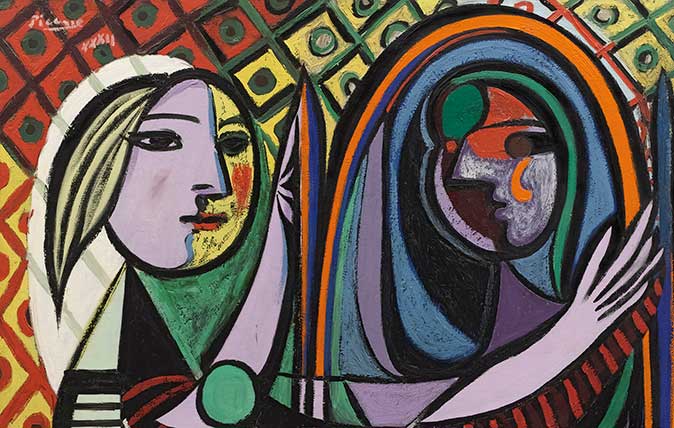
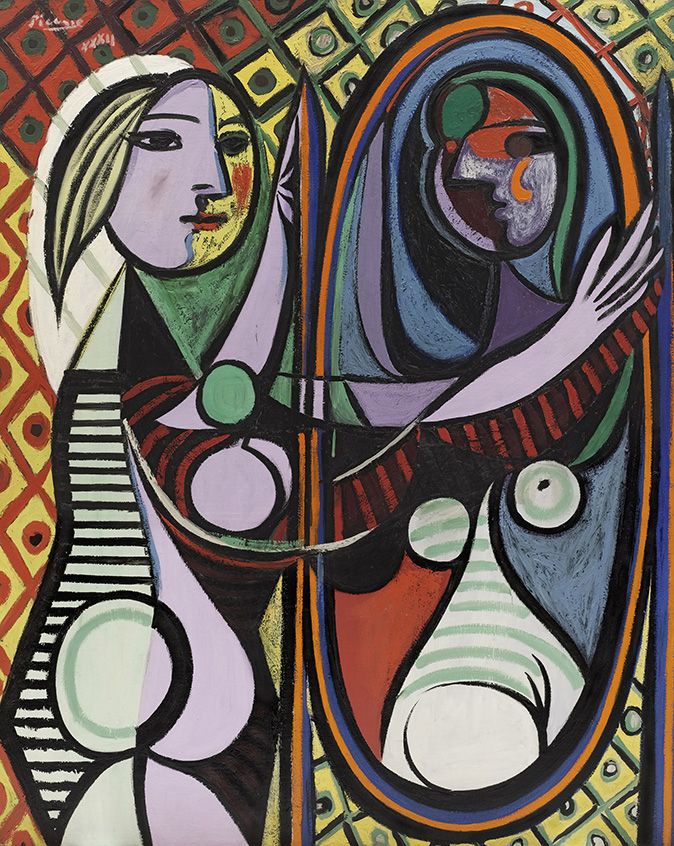
1932 was a pivotal time for Pablo Picasso. It was the year that Galerie Georges Petit staged a retrospective of his work in Paris. Although Henri Matisse – Picasso’s rival – had enjoyed the same exposure the year before, such a comprehensive showing of one artist’s work was uncommon.
More unusually, Picasso took the reins from his dealers, assumed control over the curation and then boycotted the opening, preferring instead to go to the cinema.
Focusing solely on this twelve months, The EY Exhibition: Picasso 1932 - Love, Fame, Tragedy presents the first solo exhibition of Picasso’s work to be held at Tate Modern. Almost all the works were created in 1932, with the exception of one room, a partial recreation of his Paris retrospective. Paintings, sculpture and works on paper are organised chronologically, each section focusing on a particular month or so.
Most striking is the extent of Picasso’s output and experimentation over such a short time. He had just turned fifty and was already widely regarded as one of the most important artists of the twentieth century.
The primary subject of the exhibition is his muse and mistress, the 22-year-old Marie-Thérèse Walter, who is distinguishable by her prominent features in Picasso’s work. These portraits provided the first public indication that a woman other than his wife Olga had entered the artist’s life. And it is one of them, Girl before a Mirror, that we’re focusing on here.
Painted in March 1932, the image recalls Edouard Manet’s 1877 painting of the same subject matter. In Picasso’s complex composition, a woman reaches toward her reflection and is confronted by a darkened, disturbing version of herself.
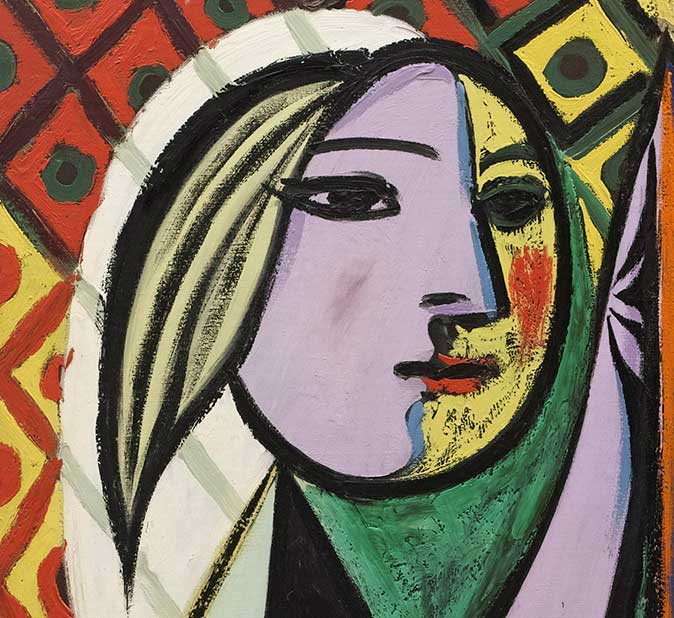
To the left, her face is divided in two. Her lilac-coloured profile is haloed on one side, her countenance is calm and reminiscent of the moon, while the other side of her face blazes yellow and is roughly textured, like a glaring sun. Heavy laden make-up suggests a growing awareness of her sexuality.
Exquisite houses, the beauty of Nature, and how to get the most from your life, straight to your inbox.
In the mirror, the figure’s face changes again. She appears to have aged; her eyes are sunken, their sockets prominent, and her stare is intense. Her vanity could be seen as a confrontation with her own mortality, further suggested by the warping of her body.
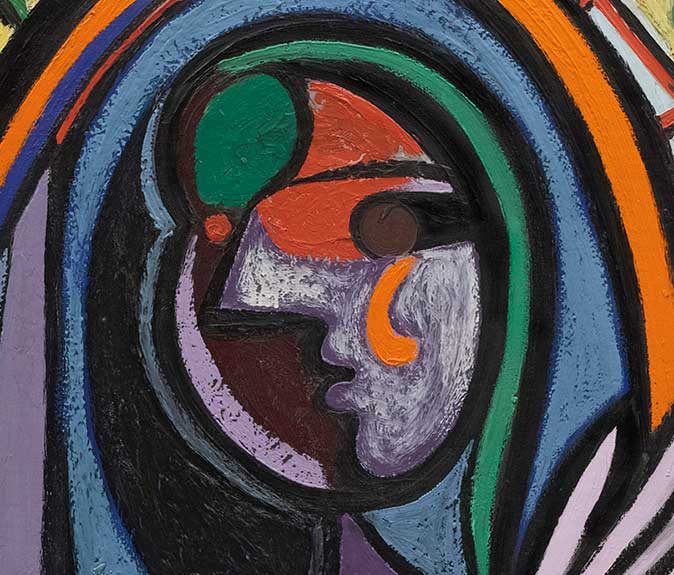
The costume of the Harlequin—a comic figure with whom Picasso often identified—is recalled in the colourful diamond pattern of the background, an indication, perhaps, of Picasso’s silent presence observing his lover’s physical transformation.
Picasso described painting as ‘just another form of keeping a diary’. By focusing on such an unusually condensed period of productivity, we can grasp his rapidly changing style within a form of visual journal.
The EY Exhibition: Picasso 1932 - Love, Fame, Tragedy is on display at the Tate Modern in London until September 9, 2018
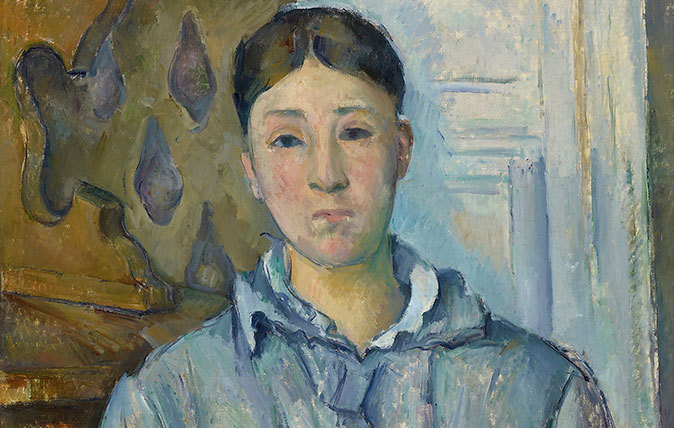
In Focus: Cézanne's brutally honest portrait of his wife, 'weary and dissatisfied', as their relationship was on the rocks
The National Portrait Gallery's exhibition of portraits by Paul Cézanne comes to an end this weekend. Lilias Wigan takes an
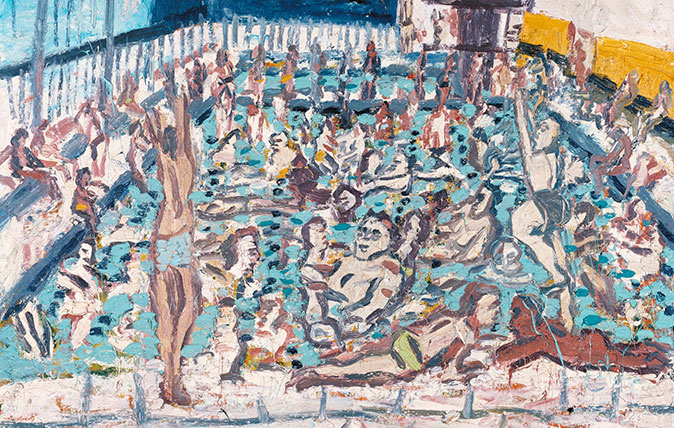
Credit: Leon Kossoff Children's Swimming Pool, Autumn Afternoon 1971. Tate © Leon Kossoff
In Focus: An idyllic sunny afternoon, evoked by a leading light of the School of London
Lilias Wigan takes an in-depth look at Leon Kossoff's Children's Swimming Pool, Autumn Afternoon, one of the pictures on show
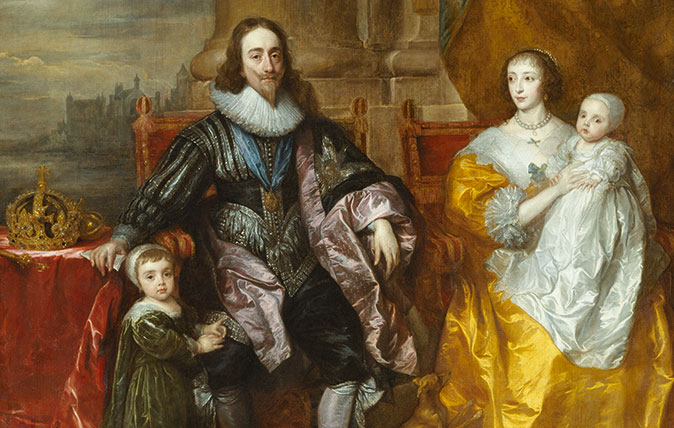
In Focus: The Van Dyck portrait that shows Charles I as monarch, connoisseur and proud father
Lilias Wigan takes a detailed look at Van Dyck's Greate Peece, one of the highlights of the Royal Academy's stunning
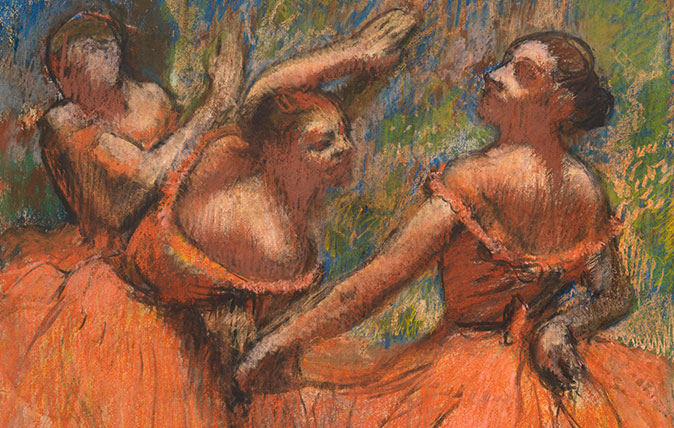
Credit: Hilaire-Germain-Edgar Degas - The Burrell Collection, Glasgow © CSG CIC Glasgow Museums Collection
In Focus: The Degas painting full of life, movement and 'orgies of colour'
Lilias Wigan takes a closer look at one of the key work's at the Degas exhibition at the National Gallery
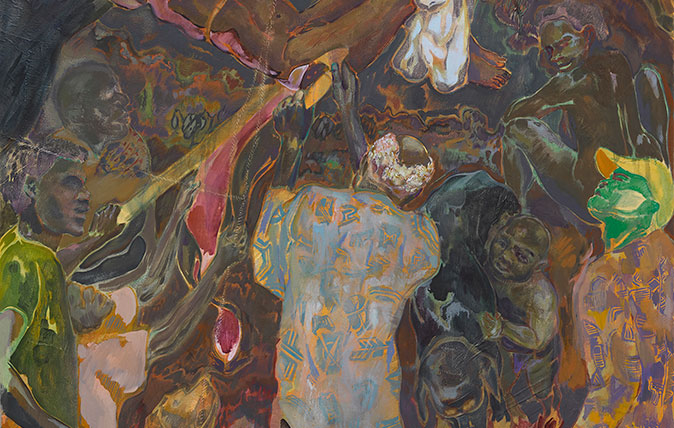
Credit: Michael Armitage, The Flaying of Marsyas, 2017. © Michael Armitage. Photo © White Cube (Ben Westoby). Courtesy of the Artist and White Cube.
In Focus: Michael Armitage's image of African violence that points the finger back at the western world
Michael Armitage's The Flaying of Marsyas is the centrepiece of his exhibition in South London. Lilias Wigan examines it in
-
 Audi has been designing icons for 60 years. Here are some of the best
Audi has been designing icons for 60 years. Here are some of the bestFrom the first Quattro, to the TT and the R8, Audi has always been able to turn a head. Adam Hay-Nicholls, our man in Rioja, explains why.
-
 Haute dogs: How fashion’s finest would dress 11 dogs and one very spoilt cat if only they had the chance
Haute dogs: How fashion’s finest would dress 11 dogs and one very spoilt cat if only they had the chanceWe’ve matched some much-loved breeds to the designers that share their history, temperament and vibe — because why not. Illustrations by Tug Rice.